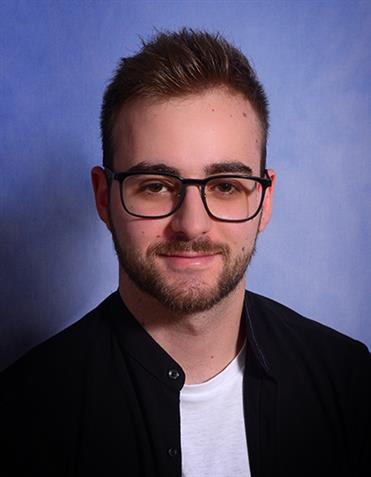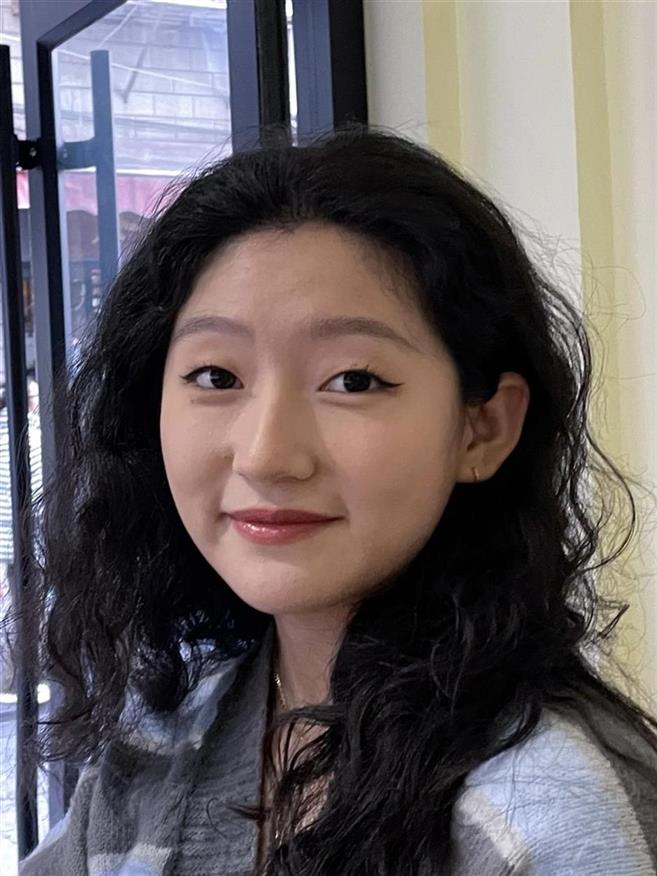

Im Gehirn von Säugetieren findet sich eine große Anzahl Gliazellen, doch viele Fragen zu ihrer Entwicklung, Funktion und Beteiligung an Krankheiten sind noch nicht beantwortet. Gliazellen sind essentiell für die Homöostase des Gehirns und es ist mittlerweile unumstitten, dass sowohl Neuronen als auch Gliazellen grundlegend an neurodegenerativen Erkrankungen beteiligt sind. Ihre spezifische Rolle bei der Entstehung von Krankheiten bleibt jedoch unvollständig.
Weitere Informationen zu den Zielen unserer Forschung, aktuellen Forschungsergebnissen, Mitarbeitenden und Publikationen finden Sie nur in englischer Sprache.
1. To understand the role of glia & glial genetic risk genes in cerebral proteopathies.
2. To investigate brain immune interactions to delineate how glia contribute to neuronal dysfunction and vulnerability.
To achieve these aims, the Glia Biology Unit utilizes brain slice cultures (mouse and human), stem cell-derived glia, neurons and organoids to investigate the dynamics and mechanisms of glial cell biology in the context of various proteopathies and aging.
Given the crucial role of microglia in development, brain homeostasis, aging and disease, there is a growing need for human(ized) screening tools and disease models to aid in the search for new treatment options. However, the identity of microglia is shaped by ontogeny and microenvironment, making this a challenging task. We recently developed a chimeric brain slice culture model that merges murine organotypic brain slice cultures with human iPSC-derived microglia, efficaciously combining ontogeny and microenvironment. We achieve a nearly complete exchange of murine to human microglia in the brain tissue slice and could show that the iPSC-derived microglia in the chimeric slices develop age- and disease-related transcriptional profiles upon prolonged time in culture or in the presence of α-synuclein proteopathy, reminiscent of in vivo human microglia. In addition, we found that maturation of the iPSC-derived microglia in the tissue is due to previously underappreciated cross-species human colony stimulating factor 1 receptor (hCSF1R) binding of murine interleukin 34 (IL34) (Erlebach et al., submitted). We are currently investigating how microglial genetic risk factors may alter microglial phenotypes, proteopathic disease pathology and neurodegeneration in those slices, as well as testing therapeutics that target human microglial responses.
In addition to chimeric murine brain slice cultures, we are working closely with Drs Henner Koch and Thomas Wuttke (Dept. of Epileptology, Hertie Institute for Clinical Brain Research) to validate important experiments in human brain slice cultures derived from tissue from surgical resections (see also Schwarz et al., eLife, 2019). We recently demonstrated the successful induction of α-synuclein proteopathic lesions in such cultures (Barth et al., Mol Neurodegener, 2021) and were able to engraft human iPSC-derived microglia in these as well in order to investigate the dichotomous responses of endogenous human versus iPSC-derived microglia.
Furthermore, in addition to the aforementioned chimeric brain slice cultures we also co-cultured human organoids with murine brain slice cultures and observed enhanced maturation of the human organoids. Upon co-culturing human brain organoids with chimeric brain slice cultures we found that the iPSC-derived microglia migrated from the brain slice cultures to the human organoid and displayed a ramified morphology (Panagiotakopoulou et al, submitted), therefore creating an even further humanized culture system that allows us to gain further mechanistic insights into the role of microglia in physiological and pathophysiological conditions.
Menden K et al. (2023) A multi-omics dataset for the analysis of frontotemporal dementia genetic subtypes. Sci Data 10(1):849 (Abstract)
Pantazis CB et al. (2022) A reference induced pluripotent stem cell line for large-scale collaborative studies. Cell Stem Cell 29(12):1685-1702.e22 (Abstract)
Barth M, Bacioglu M, Schwarz N, Novotny R, Brandes J, Welzer M, Mazzitelli S, Häsler LM, Schweighauser M, Wuttke TV, Kronenberg-Versteeg D, Fog K, Ambjørn M,Alik A, Melki R, Kahle PJ, Shimshek DR, Koch H, Jucker M, Tanriöver G (2021) Microglial inclusions and neurofilament light chain release follow neuronal α-synuclein lesions in long-term brain slice cultures. Mol Neurodegener 16(1):54 (Abstract)
Kronenberg-Versteeg D, Varga B (2021) Microgial exosomes: taking messaging to new spheres. Scientific Commentary. Brain Commun fcab041
Tanriöver G, Bacioglu M, Schweighauser M, Mahler J, Wegenast-Braun BM, Skodras A, Obermüller U, Barth M, Kronenberg-Versteeg D, Nilsson KPR, Shimshek DR, Kahle PJ, Eisele YS, Jucker M (2020) Prominent microglial inclusions in transgenic mouse models of α-synucleinopathies that are distinct from neuronal lesions. Acta Neuropathol Commun 8(1):133 (Abstract)
Schwarz N, Uysal B, Welzer M, Bahr JC, Layer N, Löffler H, Stanaitis K, Pa H, Weber YG, Hedrich UB, Honegger JB, Skodras A, Becker AJ, Wuttke TV, Koch H (2019) Long-term adult human brain slice cultures as a model system to study human CNS circuitry and disease. eLife 8. pii:e48417 (Abstract)
Füger P, Hefendehl JK, Veeraraghavalu K, Wendeln AC, Schlosser C, Obermuller U, Wegenast-Braun BM, Neher JJ, Martus P, Kohsaka S, Thunemann M, Feil R, Sisodia SS, Skodras A, Jucker M (2017) Microglia turnover with aging and in an Alzheimer's model via long-term in vivo single-cell imaging. Nat Neurosci 20: 1371-6 (Abstract)
Coming soon

Hertie-Zentrum für Neurologie
Hertie-Institut für klinische Hirnforschung
Abteilung Zellbiologie neurologischer Erkrankungen
Otfried-Müller-Straße 27
72076 Tübingen
Tel.: +49 (0)7071 92-54200


















